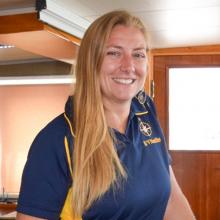Welcome to the Virtual Base Camp, the starting point for your exploration of the polar regions with PolarTREC teachers and researchers!
Expeditions
Phenology and Vegetation in the Warming Arctic 2021
What Are They Doing?
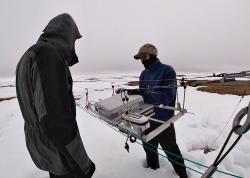
The ITEX network works collaboratively to study changes in tundra plant and ecosystem responses to experimental warming. The network monitoring sites are located across many major ecosystems of the Arctic. This project will provide urgently needed data critical to understanding the impact of multi-scale vegetation change on ecosystem function, namely land-atmosphere carbon and water fluxes and energy balance.
Expedition Map
High Arctic Change 2021
What Are They Doing?
The Svalbard Archipelago has an arctic climate and is home to several large bodies of ice - alpine glaciers in the mountains, and tidewater glaciers that descend into the sea. Svalbard is currently undergoing rapid climate change with the dramatic retreat of its tidewater glaciers.
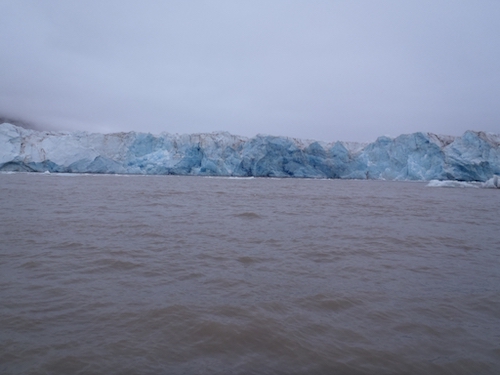
The goal of the research is to gain a deeper understanding of ice-ocean interactions and processes at the faces of tidewater glaciers. This important research will increase our knowledge of climate change and tell the visual story - in particular, this research will further our understanding of ice retreat rates and the impact on sea level rise in the future.
Tidewater glaciers are among the fastest-changing systems in the Arctic, and the dynamic Kronebreen glacier is situated a short distance from the scientific research base of Ny Ålesund at 79°N latitude. In particular, the team will investigate how climate change affects sediment transport and deposition associated with the tidewater glaciers, icebergs, meltwater streams, and marine currents.
The summer ice mélange at the ice face in these smaller systems is flushed out rapidly making it possible to work safely from small boats at a distance (between 200m to 2 km) from the calving ice face. Our proposed work follows on our earlier observations that warm North Atlantic Water is impacting the ice face more today than seen in 2005, 2009, 2011, and 2014, increasing retreat rates. Over these years, we have observed different meltwater plumes turning on and off on a daily to weekly basis. Funded by National Geographic, we have planned the science to add observations to other aspects of the glacial system being monitored by Norsk Polar scientists (Jack Kohler, Katerine Husmin, et al).
The team will be mapping bathymetry of the ice margin area to compare with earlier surveys, and recording oceanographic data (including temperature, salinity, and turbidity of the water column) to track the inflow of North Atlantic water at the ice face. They are particularly interested in monitoring the position and velocities of subglacial jets as they exit the glacier and enter the fjord. The team will also record and monitor iceberg calving at the glacier face.
Beyond the science, public outreach using science and imagery will be used to communicate to the public critical climate change issues, exposing them to the challenges and rewards of conducting high latitude research. Public outreach will showcase arctic processes and how what happens in the Arctic high latitudes impacts coastal resiliency.
Expedition Map
Nansen and Amundsen Basins Observational System
What Are They Doing?
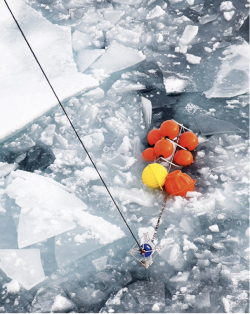
Expedition Map
Thermal Sensitivity of Embryos and Larvae of Antarctic Marine Ectotherms 2021
What Are They Doing?
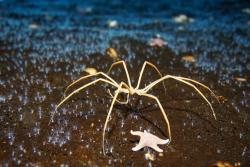
This project will investigate the effect of temperature on the metabolism, growth rate, developmental rate, and developmental energetics of embryos and larvae of Antarctic marine ectotherms. The project will also measure annual variation in temperature and oxygen at different sites in McMurdo Sound, and compare embryonic and larval metabolism in winter and summer to determine the extent to which these life stages can acclimate to seasonal shifts. This research will provide insight into the ability of polar marine animals and ecosystems to withstand warming polar ocean conditions.




